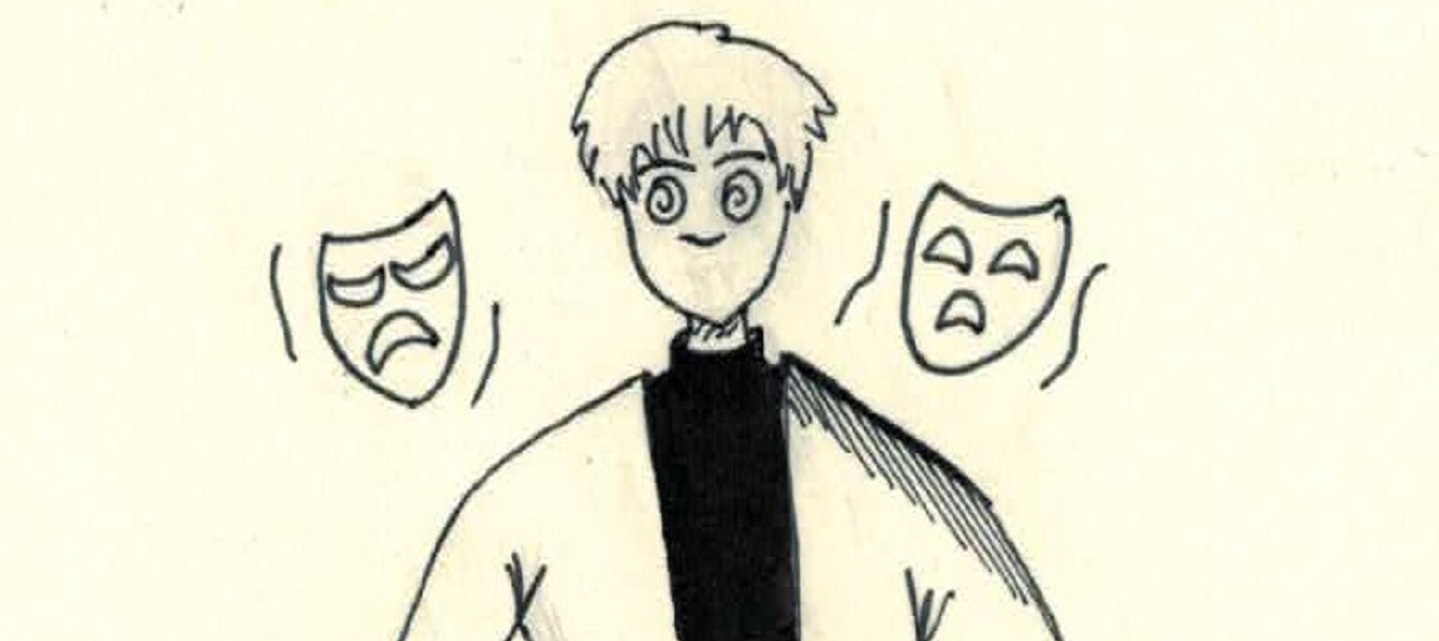Tag: Player Safety
-

Flagging: A Response
in
While flagging is not perfect, it addresses manifest abusive behaviour from predatory individuals within the increasingly internationalizing larp community.
-

All Quiet on the Safety Front: About the Invisibility of Safety Work
in
Most players and some organizers might not know what the experiences before, during and after a larp are like for safety people.
-

How to Do Night Scenes
in
There is so much potential in night-time scenes. Who wouldn’t love to be dragged from their bed by a monster, or woken by a ghost’s gentle touch? But, they tend to turn anticlimactic. Here’s a solution that can get these scenes to work for you.
-

Villain Self Care
in
Strategies for playing an antagonist in a larp in rewarding ways, as well as helping with potential negative emotional effects.
-

How I Learned to Stop Faking It and Be Real
in
Communicating about mental health issues can make us better larpers.
-

Paranormal Experiences in Larp
in
How to use real-world paranormal techniques and practices in larp, with examples.
-

Atypical: Journeys of Neurodivergent Larpers
in
Needs and traits that must be highlighted for neurotypical players and organizers to better understand their neurodivergent counterparts.
-

Playing with Eros: Consent, Calibration and Safety for Erotic & Sex Roleplay
in
Erotic games are meant to be played by consenting adults who approach sexual play with openness, honesty, and clarity. The tools and principles outlined here will help you prepare for, play, and debrief from erotic games so everyone involved has a safe, consensual, pleasurable, and fun experience.
-

Recognising Disappointment
The first step to be able to deal with disappointment in larp is recognising that you are experiencing these emotions. However, this is not always easy during a larp.
-

Larp-Related Stress
Larping is a recreational activity, and larps are positive life events. However, larps can be more demanding than the player expects, and thus create stress.